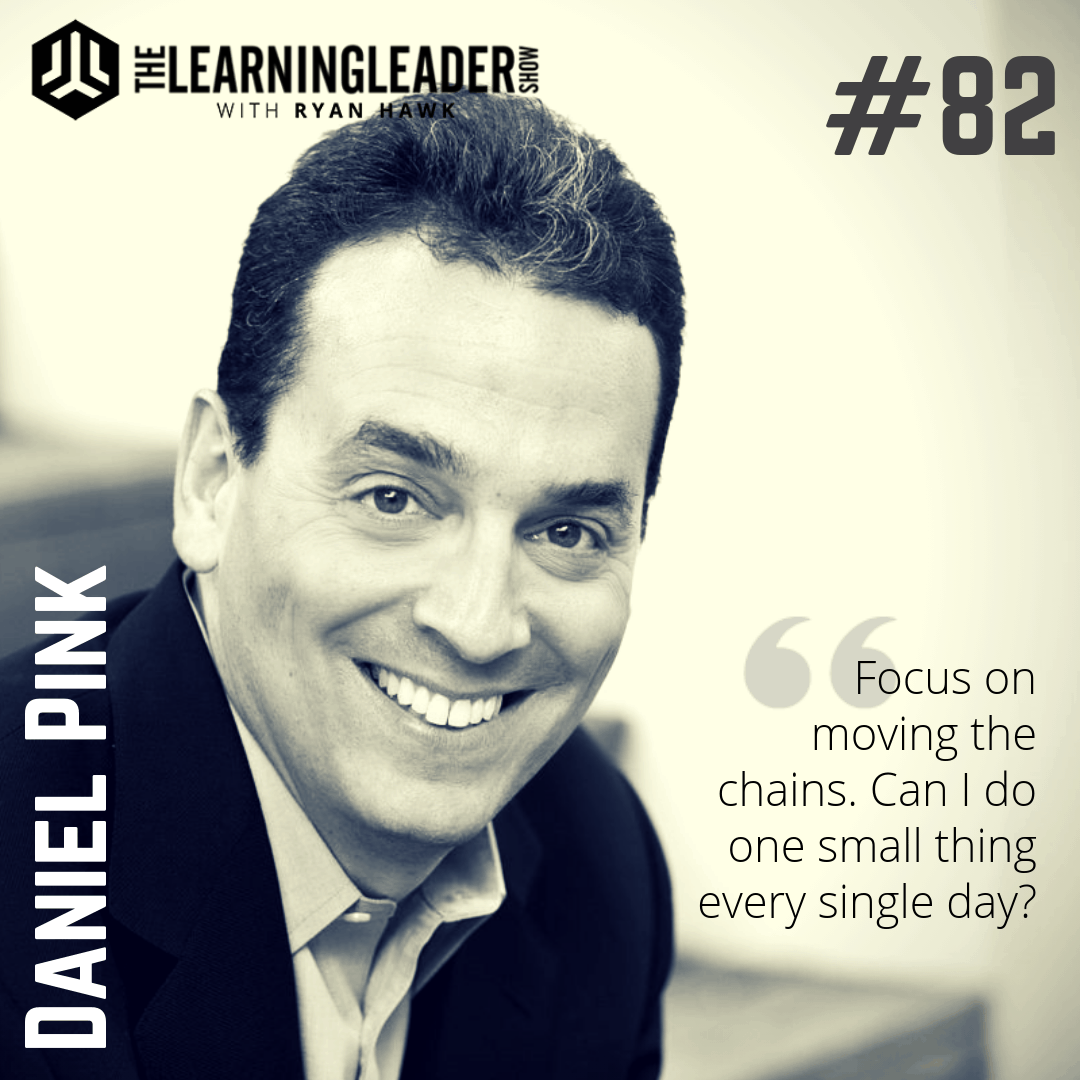

Not only does this comprise 41 percent of total work time, according to an international study with 9,057 respondents that Pink paid for, but people say it’s the most productive use of their time. This “non-sales selling” doesn’t involve a purchase-it simply means persuading, influencing and convincing others. Sales, broadly defined, means moving people to action, which people must do well to be successful. Pink contends that most of us, regardless of job title or salary structure, are salespeople. Yet in “To Sell Is Human: The Surprising Truth About Moving Others,” Daniel H. To cultivate clarity, I suggest practicing simplifying messaging, using concrete examples and stories to illustrate points, and practicing pitches until they become second nature.When you think of sales, do you think of pejoratives such as pushy, sleazy and dishonest? Most people do. Salespeople need to be able to communicate their value proposition clearly and concisely and to make a strong case for why their product or service is the best option for their customers. To cultivate buoyancy, I recommend focusing on successes rather than failures, seeking out positive feedback and support, and practicing positive self-talk.Ĭlarity is the ability to distill complex ideas into simple, compelling messages. But buoyancy involves having a positive outlook, maintaining confidence, and bouncing back from setbacks. Salespeople face a lot of rejection and failure, which can lead to discouragement. To cultivate attunement, I suggest that salespeople practice asking thoughtful questions, seek to understand their customers' motivations and goals and practice active listening.īuoyancy is the ability to stay afloat in a sea of rejections and setbacks. This involves being able to actively listen to their concerns, anticipate their needs, and put yourself in their shoes.

He highlights the three essential qualities that salespeople need today: Attunement, Buoyancy, and Clarity.Īttunement is the ability to understand and empathize with your customer's perspective. In "Part One," Pink introduces the reader to the concept of "non-sales selling" and explains how the world of selling has changed in recent years.


 0 kommentar(er)
0 kommentar(er)
